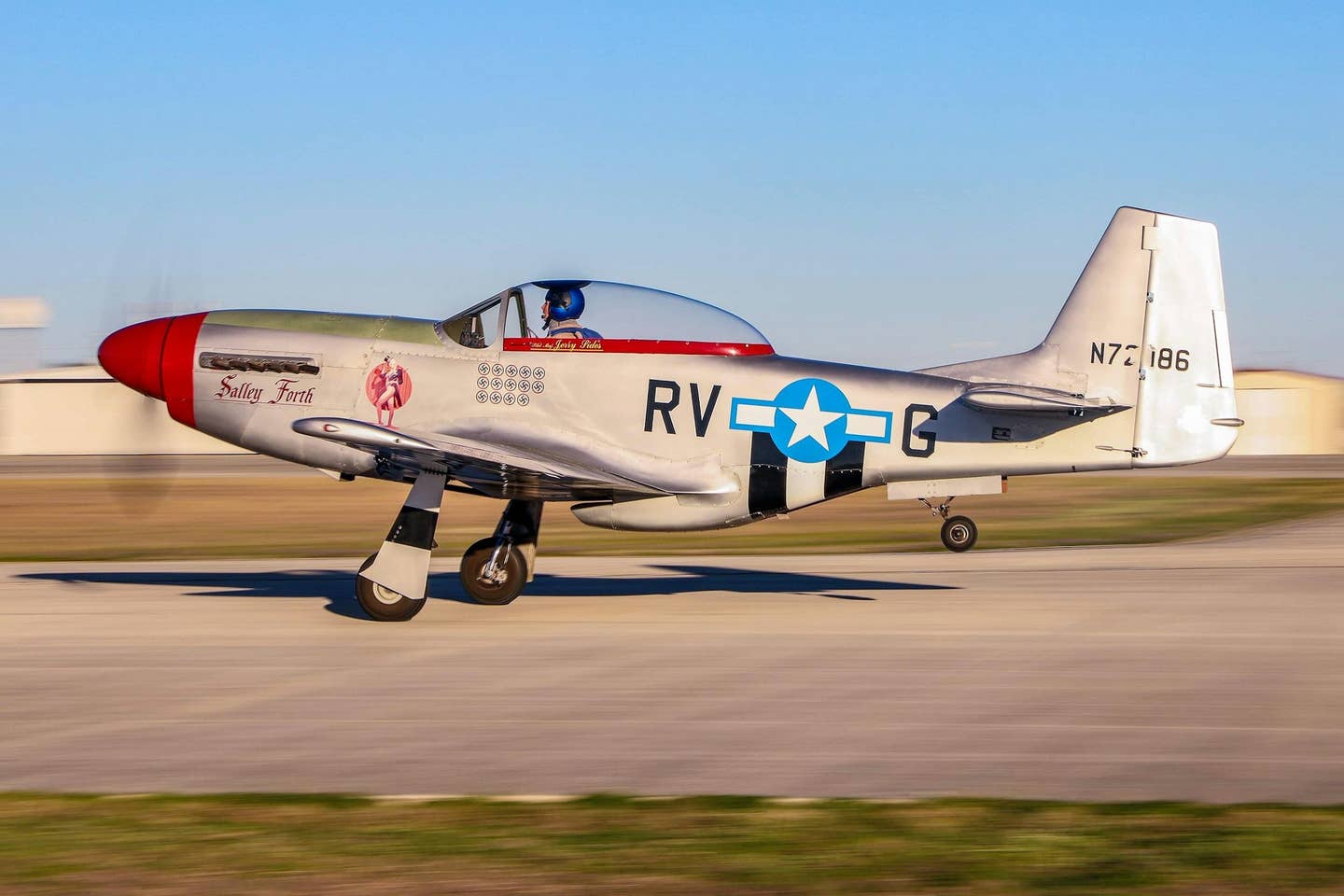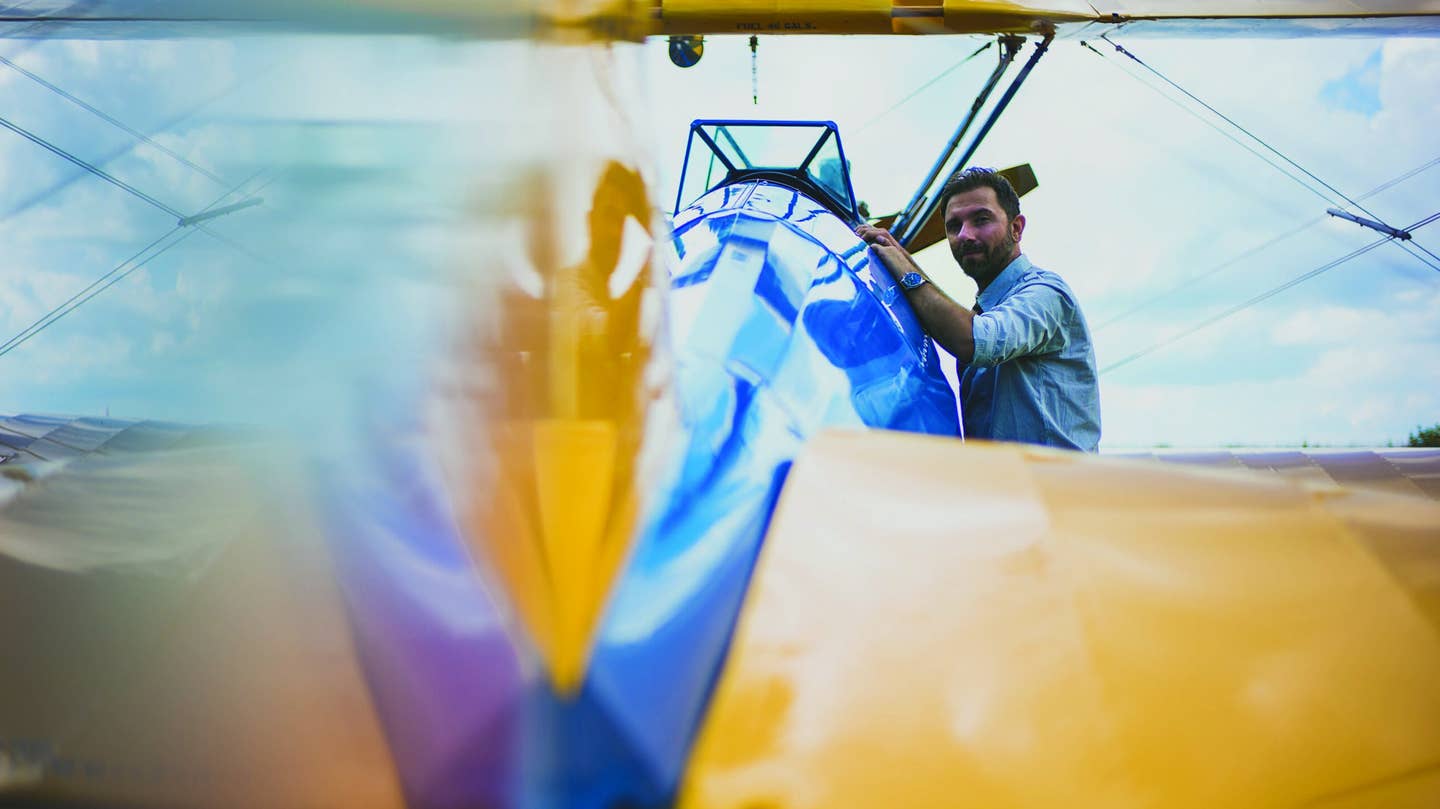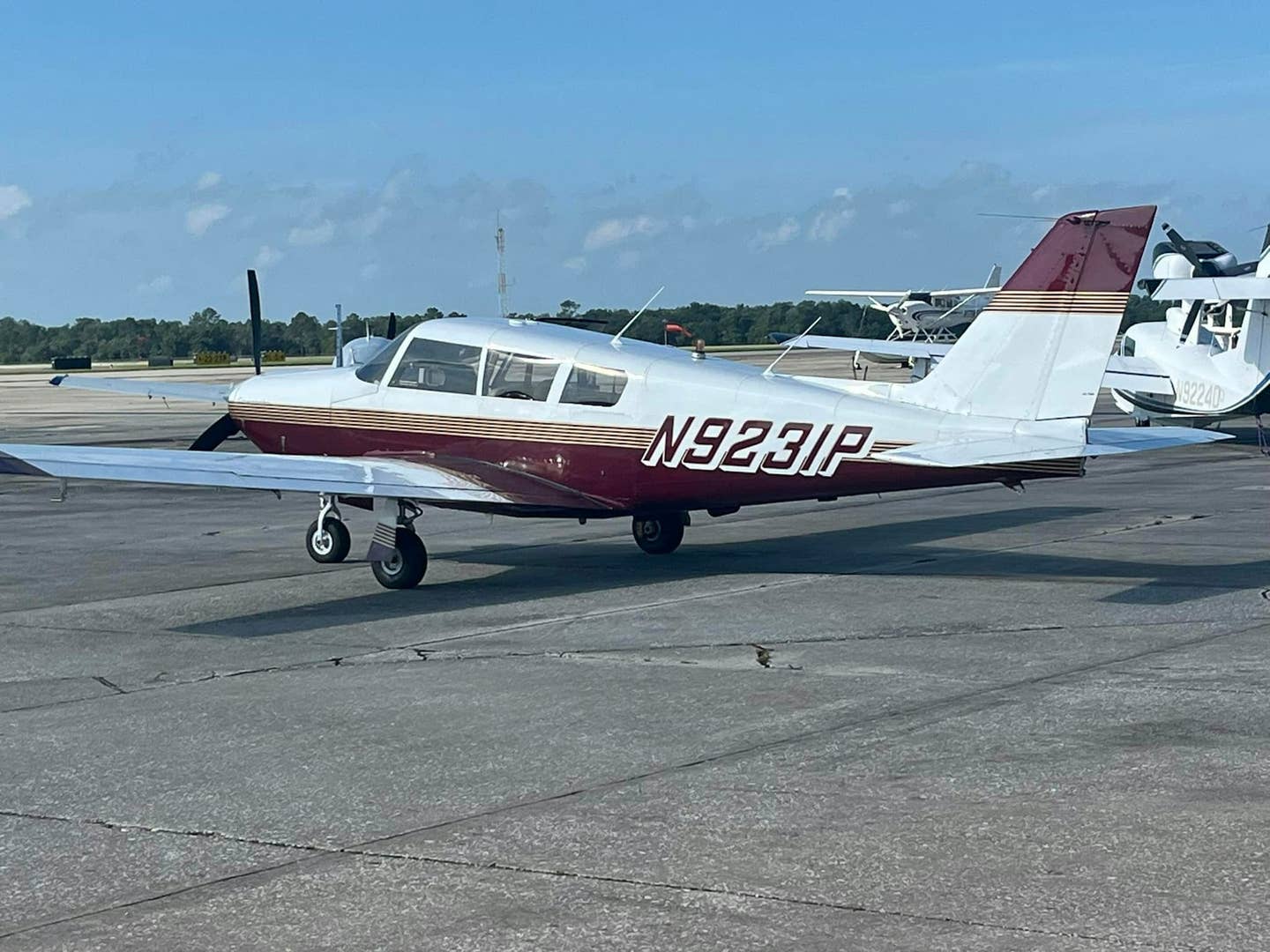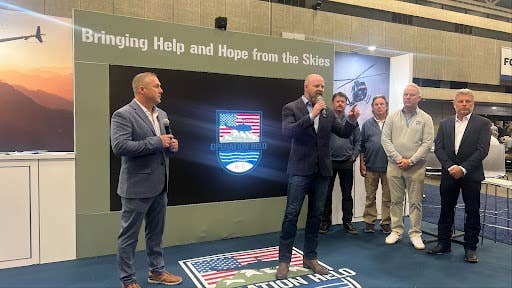
(September 2011) Anyone who's been around aviation for any length of time knows that there's no such thing as a perfect airplane. As good as they are when they come out of the factory, they can almost always be made better with the application of some ingenuity and some well-thought-out hardware. Seemingly simple solutions and modifications can make an airplane fly faster, climb better and in some cases even look better.
James Raisbeck has made a career out of improving aircraft designs. Raisbeck is best known for his modifications for King Airs that improve performance, enhance passenger comfort and increase the carrying capacity of these already exceptional airplanes. But Raisbeck has done so much more than that.
As crazy as it seems, Raisbeck’s engineering experience dates back to the late 1930s, when he, as a 3-year-old, began playing around with go-carts.
“I’ve always had a desire to take things apart and put them back together,” Raisbeck says.
At age 75, this desire hasn’t changed.
"It seems that he wakes up every morning with new ideas for modifications," says Scott Keefe, sales manager for King Air Performance Systems at Raisbeck Engineering.
Raisbeck’s career began as a mechanic on the B-36 Bomber in the U.S. Air Force, with a follow-up stint as an Air Force Reserve flight engineer on the Fairchild C-119 while working on his aeronautical engineering degree at Purdue University in the late 1950s. In 1961, he was hired by Boeing as an aerodynamicist on the high-lift project for the Dash 80. He went on to become president and chief engineer at Robertson Aircraft Corp., where he helped develop short takeoff and landing mod kits for most Cessna and Piper models of that era.
But Raisbeck was destined to run his own company, and in 1973 he founded Raisbeck Engineering and redesigned the Learjet wing, which reduced the stall speed and improved the performance to such a degree that the company adopted the wing into its production line in 1976. A similar wing was designed and manufactured for the Sabreliner 65.
In 1981, he turned to the King Air. It all started on his kitchen table.
“I started paging through Jane’s Aircraft Recognition Guide, looking for an airplane or series of airplanes with a large number in the field, still in production and flown by people who could afford to make upgrades. I came across the King Air and said to myself, ‘Look at this. … This is wild!’”
Raisbeck realized he had found exactly what he was looking for. Today, his modifications have been installed on more than 3,000 King Airs.
The success of Raisbeck Engineering can be attributed to the company’s focus on quality control and customer support. Every kit that leaves the factory gets inspected, and Raisbeck will gladly take his products back if his customers are not satisfied. With thousands of kits delivered, this has happened only twice.
Another reason for success is carefully managed growth.
“Big is not necessarily beautiful,” Raisbeck says.
Initially, the now-multimillion-dollar company required a $500 capital investment. All the remaining funds have come from customer revenues. To eliminate competition, Raisbeck has focused on proprietary products. As a result, “we’ve been able to charge a fair price for the value added by our products,” Raisbeck says.
Raisbeck’s focus on quality products rather than size has had other great results. In the nearly 30 years that the company has been in business as Raisbeck Engineering, there hasn't been an Airworthiness Directive on any of its products, and no accidents have been attributed to them. Raisbeck understates the performance data to ensure that his customers are happy once his products are installed. And his confidence in his products is strong enough that he publishes the entire customer list on the company website.
One of Raisbeck's best customers has been Gary Standel, president of West Coast Aviation Services — a full-service aviation company out of Santa Ana, California. Standel's company started as West Coast Charters in 1987 with a single King Air 200. He equipped the King Air with Raisbeck's dual aft body strakes and wing lockers.
That single King Air was the beginning of a relationship that is still going strong nearly 25 years later. Standel’s entire fleet of about 15 King Airs has at least one Raisbeck mod, and his maintenance company — West Coast Aircraft Maintenance — has become a Raisbeck dealer as well.
“I am a big believer in Raisbeck’s products,” Standel says. “After decades of using his products, I have never had a problem with any of them.”
West Coast Aviation Services now consists of four separate businesses — charter and management, maintenance, fractional ownership and sales — all associated with Raisbeck's products. The company's West Coast Edition King Air B200SP is equipped with Raisbeck's Epic Gold package and wing lockers, Standard Aero PT6A-52 engines, BLR winglets and Garmin G1000 integrated avionics. Standel invited me to see for myself what Raisbeck's mods can do. More on that in a bit.
While Standel feels the Raisbeck mods are great for improving performance and passenger comfort, his favorite Raisbeck product is the wing locker.
“From a charter and passenger carrier standpoint, the wing lockers are awesome,” he says. “They can carry snowboards, hunting gear, golf clubs and skis up to 220 cm [7.2 feet] — things that are difficult to place inside the cabin.”
Wing lockers are available for all King Airs. They are mounted aft of the engine and certified to carry up to 300 pounds per side. They add a total of 16 cubic feet of stowage space, with no performance penalty.
While carrying capacity is important for charter operators, passenger comfort ranks high as well. Kenneth Stave, senior pilot and training captain at West Coast Charters, says one customer refuses to fly any King Air that does not have Raisbeck’s dual aft body strakes because of the differences in the noise level and vibration inside the cabin.
Raisbeck claims the strakes accomplish this by organizing wing root vortices, eliminating separation and reducing drag. The addition of dual aft body strakes also eliminates yaw-damper-inoperative restrictions for the King Air 200 and F90, and increases the altitude restriction for the King Air 350 series from 5,000 feet to 19,000 feet.
The dual aft body strakes are not the only components designed by Raisbeck to reduce noise. The four-blade, quiet turbofan propellers, co-designed with Hartzell, reduce the noise enough to meet even the most stringent noise requirements in Europe. These propellers are included with the Epic Platinum package, but not the Epic Gold on the West Coast Edition I flew. However, with Hawker Beechcraft’s four-blade propellers, the performance is the same — only the noise level is different, Raisbeck says.
A welcome feature on the ramp on the 30 degree C day when I flew the King Air was the air conditioning. One reason the system worked so well is the enhanced-performance leading edges. The more aerodynamic leading-edge shape makes the intercooler inside the wing more efficient, decreases stall speed and increases cruise speed.
Cruise and climb performance are also improved with the ram air recovery system. Small, flaplike pieces are installed at the rear end of the air intake of the PT6A engines, and several seals contain the airflow in one small area. Raisbeck claims this simple system results in an 8 percent increase in available horsepower under certain conditions, 8 to 11 percent block fuel savings and 20 degrees cooler engine ITT (interstage turbine temperature). Also, the ice vanes can be deployed at any time, including taxi and takeoff up to ISA +27 degrees C.
The last performance enhancement designed by Raisbeck is the high-flotation gear doors. These doors fully enclose high-flotation landing gear (a funny-sounding name for a gear that accommodates larger tires), which would normally protrude and create a lot of drag. By eliminating this drag, the high-flotation gear doors increase speed by 8 to 12 knots.
The performance improvements with Raisbeck’s 200/B200 Epic Platinum package, which includes dual aft body strakes, quiet turbofan propellers, enhanced-performance leading edges, ram air recovery system and fully enclosed high-flotation gear doors, are truly remarkable. Even with Raisbeck’s generally conservative performance claims, takeoff distance over 50 feet is reduced by more than 1,000 feet, accelerate-go distance is reduced by more than 3,000 feet, time to climb to 33,000 feet is reduced by five minutes and max cruise speed at the same altitude is increased by 11 ktas. Maximum allowable takeoff weight is increased by 2,300 pounds over the factory B200 under typical conditions. In addition, the company claims noise levels are reduced by 2.3 decibels.
I wanted to see for myself what the Raisbeck modified King Air B200SP could do. Standel and I taxied out of Atlantic Aviation at Santa Ana, where West Coast Aviation Services is based, with Standel’s son Jeff, who works for West Coast Charters as a pilot, at the controls. The departure was impressive. Even without using short field technique, at ISA +20 conditions, the airplane was off the ground in about 2,500 feet.
Unfortunately, climbing out of the busy airspace out of Santa Ana, we couldn’t time the climb. However, at 20,000 feet we were still climbing at 2,200 fpm at 145 knots indicated. We leveled off at 27,000 feet to test the cruise speed and reached an impressive 294 knots TAS at ISA +20. That is about 5 knots above the figures in the Raisbeck flight manual supplement. Under the same conditions, the unmodified B200 King Air would cruise at 281 knots.
Performance aside, I can also attest that the noise level is low. Unless you’re communicating with ATC, there is no need to wear a headset. It’s worth noting that the wing lockers are not part of the flight manual performance numbers. But the wing lockers certainly do not seem to degrade performance, even though they add a lot of exterior storage space.
Package pricing for Raisbeck Engineering’s 200/B200 Epic Platinum package and wing lockers adds up to $173,365, not including installation. The mods can be purchased individually as well. While the company is best known for its focus on King Air mods, Raisbeck Engineering also offers a number of modifications for other airplanes. Its aft fuselage locker for Learjet’s 31, 35 and 60 models can carry up to 300 pounds while apparently acting as a drag reducer. Another Lear product is the ZR Lite for the Lear 31 and 35 — a wing modification that adds trailing edge and wingtip extensions to the Learjet wing to reduce drag. Additionally, quiet turbofan propellers are available for Twin Otters.
But Raisbeck’s legacy goes way beyond the products offered by his company. Raisbeck appears to have a crystal ball, being able to see what the future needs of the industry might be. He had developed a hardened cockpit security system long before 9/11 and was able to deliver cockpit security doors only two weeks after the devastating event occurred. Raisbeck says he’s sitting on a few other ideas that provide solutions to problems he foresees. It will be interesting to see what those ideas may be and what else Raisbeck’s innovative brain will come up with next.

Sign-up for newsletters & special offers!
Get the latest FLYING stories & special offers delivered directly to your inbox






